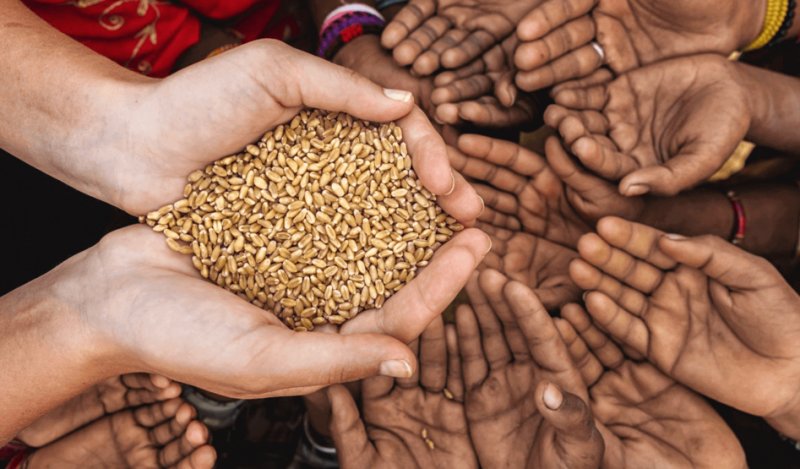
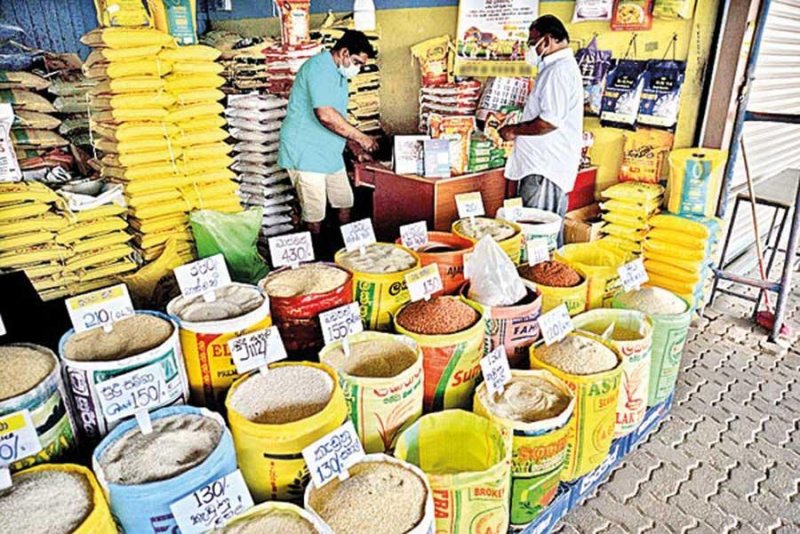 Rice Shortage and Controlled Rice Market Price
Rice Shortage and Controlled Rice Market Price
President Anura Kumara Dissanayake announced that the government will assist small and medium-sized rice mill owners in expanding their production capacity to help stabilize rice prices. This announcement was made during a meeting with rice mill owners at the Presidential Secretariat in Colombo on Friday (October 25).
The President emphasized that, given the government’s significant investment in agriculture, irrigation, and fertilizer subsidies, rice businesses have a social responsibility to ensure rice availability at fair prices.
According to the President’s Media Division (PMD), the meeting involved a detailed discussion on strategies to support smaller mill owners in boosting production to balance the market. President Dissanayake also underscored that no businesses would be allowed to exploit the market by unfairly hiking rice prices.
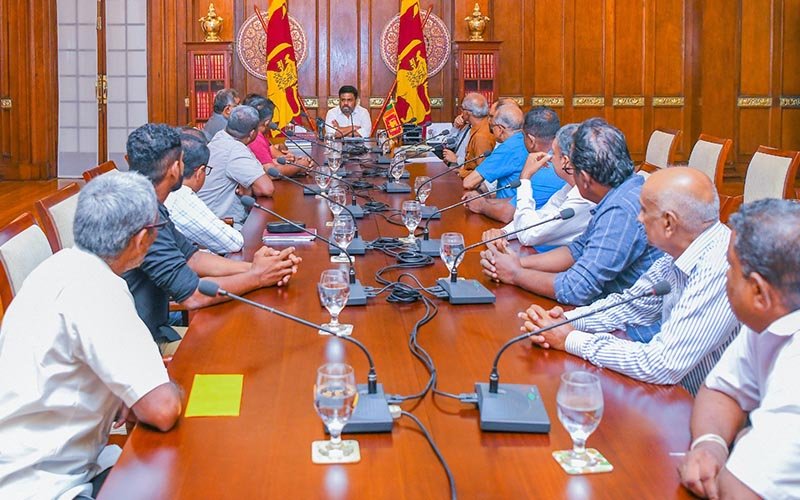 President's discussion with the Large and Medium Scale Rice Mill Owners and Officials
President's discussion with the Large and Medium Scale Rice Mill Owners and Officials
President Anura Kumara Dissanayake directed the Consumer Affairs Authority (CAA) and other officials to closely monitor rice stocks held by millers. He issued these instructions at a high-level meeting with officials from the Agriculture Ministry, Trade Ministry, CAA, Paddy Marketing Board (PMD), and Hector Kobbekaduwa Agrarian Research and Training Institute (HARTI).
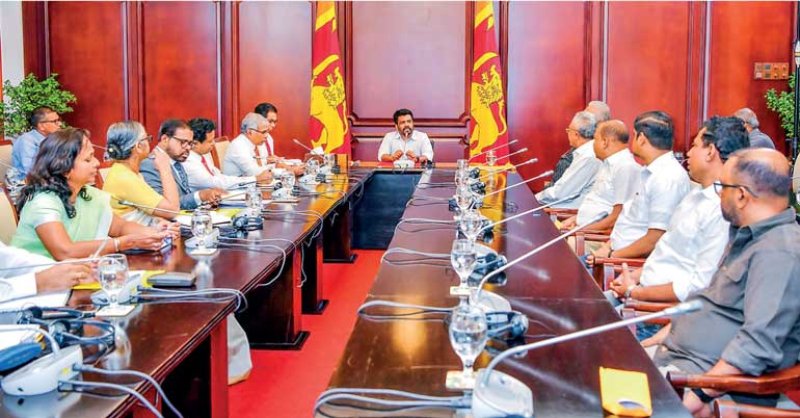 Presidents discussion with the Rice Mill Owners and Government Officials
Presidents discussion with the Rice Mill Owners and Government Officials
The President instructed the creation of a comprehensive database to track paddy and rice stocks, including those held by millers, the PMD, and other sellers, aiming to prevent further shortages and stabilize supply. He also ordered officials to inspect loans provided to millers in 2023 and 2024, focusing on whether these loans were tied to paddy and rice stock levels. The President emphasized that future loans must require full stock disclosure, ensuring transparency in the rice market.
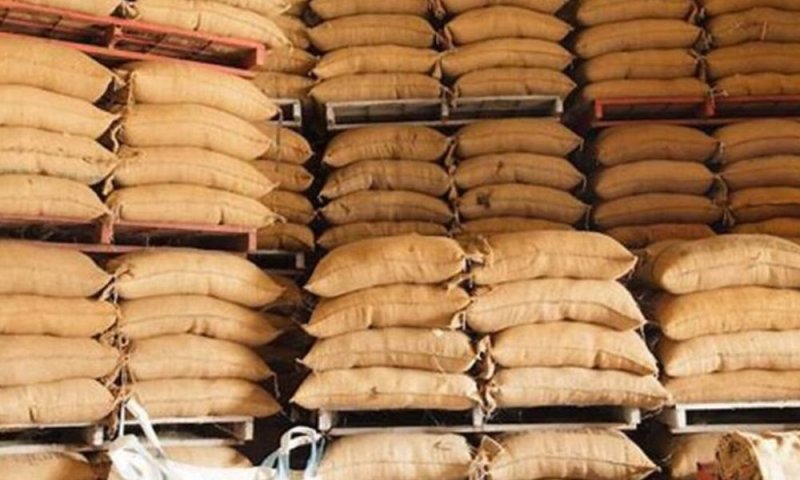 CAA to Submit Rice Stock Report to President
CAA to Submit Rice Stock Report to President
Officials also proposed implementing a controlled price for paddy and rice at the start of the next cultivation season to curb potential price hikes, a suggestion the President approved. During the meeting, HARTI’s Senior Agriculture Economist, Duminda Priyadharashana, noted that there is enough paddy stock to meet demand until March 2025, meaning there is no immediate need for rice imports. He pointed out a recurring trend: when prices rise, supply suddenly appears, but when the government sets controlled prices, millers slow down distribution, suggesting an attempt to drive up prices.
The CAA is actively investigating rice stocks in key districts, such as Anuradhapura, Polonnaruwa, and Ampara, to better understand supply levels. The authority will soon submit a detailed report to the President, outlining stock availability across small, medium, and large-scale millers. Furthermore, the CAA has initiated raids to enforce the controlled price of Rs. 220 for Nadu rice, with legal action against those selling rice above this cap.
Analysts have raised concerns about monopolistic practices in the rice market, where large mill owners and third-party dealers hold significant influence. According to experts, these millers control a substantial share of the market, enabling them to set high prices that affect both consumers and farmers. Farmers are often forced to sell their harvests at low prices dictated by these larger mills, while consumers face inflated prices at retail. Analysts are urging the government to implement measures to reduce the influence of monopolistic millers and intermediaries, advocating for fairer practices to protect consumers and ensure farmers receive adequate compensation for their produce.